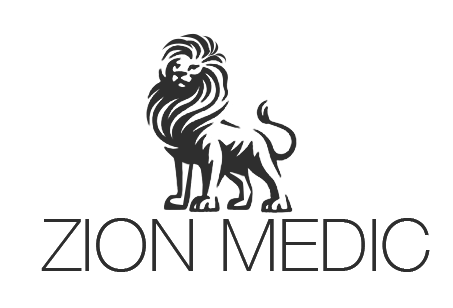Throat Cancer Exploring Risk Factors, Symptoms, Types, Diagnosis, and Treatment
Throat cancer, also known as pharyngeal cancer, encompasses tumors that develop in the tissues of the throat, including the pharynx (the hollow tube inside the neck that starts behind the nose and ends at the top of the windpipe) and the larynx (voice box). This article aims to provide a comprehensive overview of throat cancer, covering its risk factors, symptoms, types, diagnosis, and treatment options.
Risk Factors
Several factors may increase the risk of developing throat cancer:
- Tobacco Use: Smoking cigarettes, cigars, or pipes, as well as chewing tobacco, significantly elevates the risk of throat cancer.
- Alcohol Consumption: Heavy alcohol consumption, particularly when combined with tobacco use, heightens the risk of throat cancer.
- Human Papillomavirus (HPV) Infection: Certain strains of HPV, transmitted through sexual contact, have been linked to an increased risk of throat cancer.
- Age and Gender: Throat cancer is more common in individuals over the age of 50, and men are at higher risk than women.
- Dietary Factors: A diet low in fruits and vegetables and high in processed foods may contribute to the development of throat cancer.
- Environmental Exposures: Prolonged exposure to asbestos, industrial chemicals, and radiation may increase the risk of throat cancer.
Symptoms
The signs and symptoms of throat cancer may vary depending on the location and stage of the cancer. Common symptoms include:
- Persistent Sore Throat: A sore throat that does not improve or worsens over time.
- Difficulty Swallowing: Dysphagia, or difficulty swallowing, may occur, especially with solid foods.
- Hoarseness: Changes in voice, including hoarseness or a raspy quality.
- Ear Pain: Pain or discomfort in one or both ears.
- Swelling or Lumps: Swelling or lumps in the neck, throat, or mouth.
- Unexplained Weight Loss: Significant and unexplained weight loss without dieting or exercise.
- Persistent Cough: A chronic cough that does not resolve, sometimes accompanied by coughing up blood.
It’s important to note that these symptoms can also be caused by other conditions, but anyone experiencing persistent or concerning symptoms should seek medical evaluation.
Types
Throat cancer can be classified into several types based on the specific location within the throat where the cancer originates:
- Nasopharyngeal Cancer: Originating in the nasopharynx, the upper part of the throat behind the nose.
- Oropharyngeal Cancer: Arising in the oropharynx, which includes the base of the tongue, tonsils, soft palate, and back of the throat.
- Hypopharyngeal Cancer: Developing in the hypopharynx, the lower part of the throat adjacent to the larynx and esophagus.
- Laryngeal Cancer: Occurring in the larynx, or voice box, which houses the vocal cords.
Each type of throat cancer may present with distinct characteristics and treatment considerations.
Diagnosis
Diagnosing throat cancer typically involves a combination of medical history review, physical examination, and diagnostic tests:
- Physical Examination: A healthcare provider may perform a thorough examination of the throat, neck, and mouth to assess for any abnormalities or signs of cancer.
- Biopsy: If suspicious lesions or masses are detected, a biopsy may be performed to obtain a tissue sample for microscopic examination to confirm the presence of cancer cells.
- Imaging Studies: Imaging techniques such as CT scans, MRI scans, or PET scans may be utilized to assess the extent of the cancer and determine if it has spread to nearby tissues or lymph nodes.
Treatment
Treatment for throat cancer depends on factors such as the type, stage, and location of the cancer, as well as the individual’s overall health and treatment preferences. Common treatment modalities include:
- Surgery: Surgical removal of the cancerous tissue may be performed, either alone or in combination with other treatments.
- Radiation Therapy: High-energy radiation is used to target and kill cancer cells, either externally (external beam radiation therapy) or internally (brachytherapy).
- Chemotherapy: Powerful drugs are administered to kill cancer cells or inhibit their growth, often used in combination with radiation therapy (chemoradiation).
- Targeted Therapy: Targeted drugs may be used to block specific molecules involved in cancer growth and spread, particularly in cases where standard treatments are ineffective.
In some cases, a combination of these treatment modalities may be recommended to achieve the best possible outcome. Additionally, supportive care such as nutritional support, speech therapy, and counseling may be integrated into the treatment plan to help manage side effects and enhance quality of life.
In conclusion, throat cancer is a complex disease that requires a multidisciplinary approach to diagnosis and treatment. By understanding the risk factors, recognizing the symptoms, and seeking timely medical evaluation, individuals can take proactive steps in managing throat cancer effectively. With advancements in medical technology and ongoing research, there is hope for improved outcomes and quality of life for those affected by this challenging condition.


